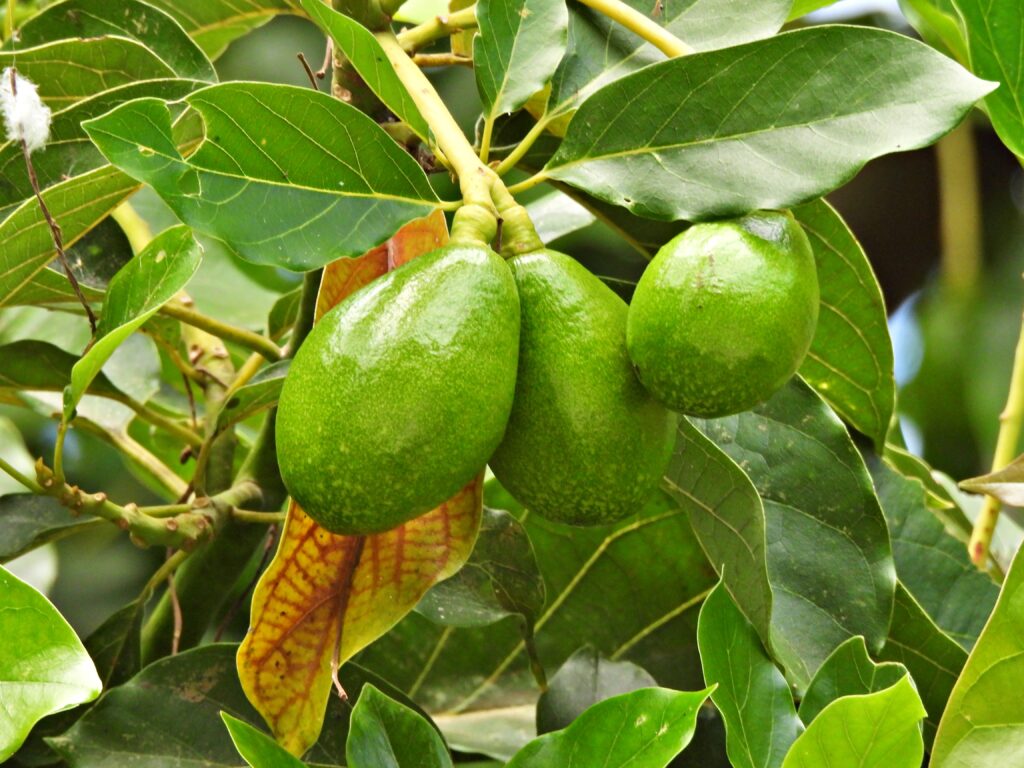by RYAN MILEJCZAK
Sponsored by Farm Credit of Central Florida
There’s no doubt that the avocado is an odd fruit. Due to its rough, scaly skin, it is sometimes known as the “alligator pear,” and its soft, rich, and fatty flesh is unlike anything else you can find at your local supermarket.
So, it should come as no surprise that this delightfully different fruit is one of the most widely grown fruit in the most delightfully different state of them all, Florida.
The avocado, Persea americana, is a member of the laurel family and is related to cinnamon, the camphor tree, and the bay laurel (the source of bay leaves), but it is the only member of its family widely grown for its fruit. It originally hails from South America, and has been grown here in Florida for over 100 years.
The most familiar avocado variety to most people is the Hass avocado. However, this variety doesn’t thrive in the Florida climate; instead, different varieties are grown here, often referred to as simply “Florida avocados.” While there are in fact several different cultivars of avocado grown in Florida, they tend to have several features in common.
They are often larger, and usually have smoother skin and a lighter green hue compared to the purple-green Hass, and don’t usually change colors as they ripen. They also tend to be firmer and are lower in fat to boot, with a milder flavor than Hass avocados. These avocado varieties are well suited to cultivation in Florida, particularly the south of the state, where the year round warm, humid weather helps them thrive.
Florida avocados are rich in healthy fats (while having about 30% less fat overall than a Hass avocado), dietary fiber, and even provide a decent amount of protein. They’re also a great source of vitamin C and potassium.
Today, the Florida avocado industry is the fourth largest fruit industry in the state, and Florida is the second largest producer of avocados in the U.S. after California. There are 4,400 acres of commercial avocado cultivation spread across about 400 growers, primarily in Miami-Dade and Collier counties. The industry supports about 1,000 full- and part-time jobs in our state.
The 2024 season saw 13,200 tons of avocados produced in our states, a slight increase from 2023’s 10,650 tons but still lower than the 2022 season’s 18,050 tons. This represented a value of $12.57 million dollars for the Florida economy.
While several factors contribute to the reduced production, none have an impact quite as strong as the laurel wilt disease.
The disease is caused by a fungus, Raffaelea lauricol, which can infect many other members of the laurel family in addition to avocados. In fact, it also impacts many native plants, such as the redbay tree which grows in our state. It leads to wilted stems and leaves among other symptoms, and commonly kills affected plants. The disease is primarily spread by the invasive redbay ambrosia beetle (Xyleborus glabratus), which was first detected in the U.S. in 2012, although other ambrosia beetle species can also spread the disease.
However, it’s not all doom and gloom. Recently, UF/IFAS secured a $5 million grant from the USDA to expand avocado production into Central Florida and combat laurel wilt and the redbay ambrosia beetle that spreads it. So far, they’ve developed several ways to mitigate the disease, and are continuing to research the issue. With some luck, the Florida avocado industry may soon return to its former glory, and potentially become even more productive than before.

